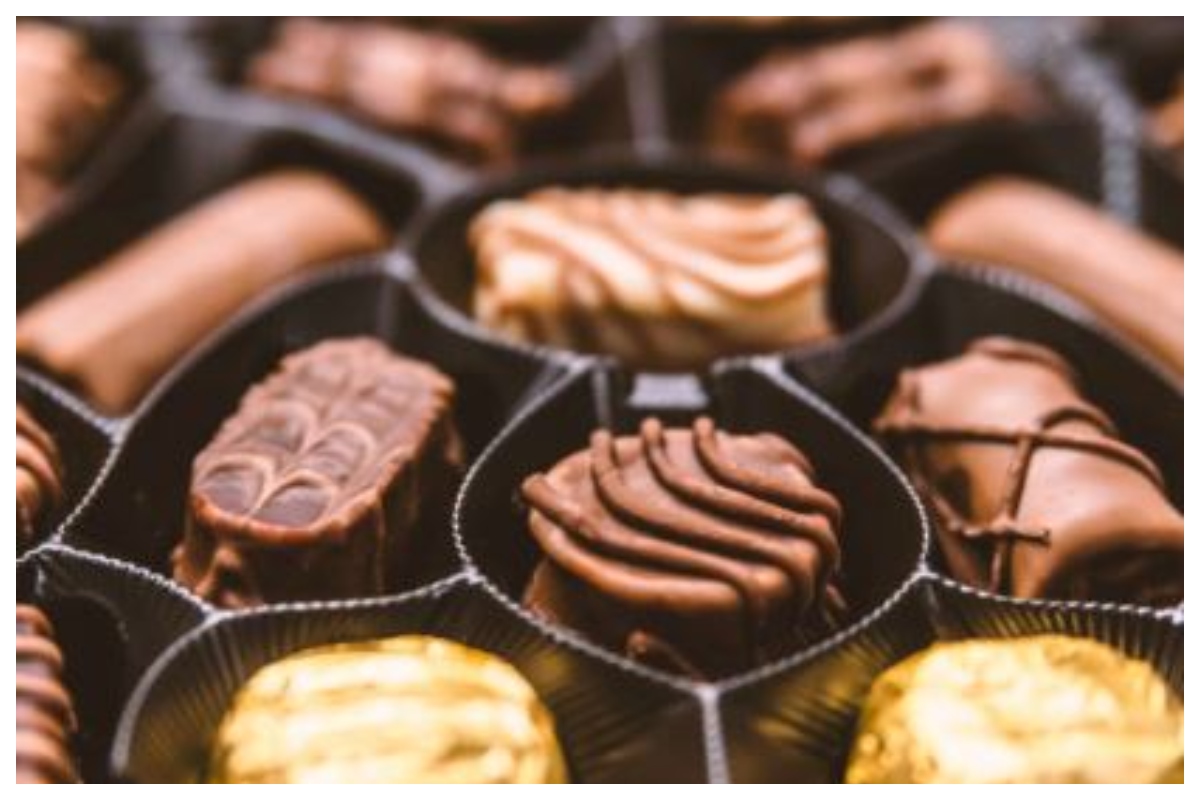Saudi Arabia designates 2024 as the Year of Camel
For time immemorial, the camel has held a deep-rooted presence and unique role in the lives of Saudis and in shaping the Kingdom's cultural heritage.
To meet the growing demand for this very sweet gift, scientists at National Research Centre on camel, Bikaner, have studied the importance of camel milk, tested it and made a camel milk Chocolate beneficial for everyone’s health.

(Representational Image: Getty Images)
This is the peak festival season. Everyone wants “Kuch Achcha Ho Jaye, Kuch Meetha Ho Jaye’. Particularly young guys and girls are very fond of milk chocolate gifts of multiple brands available in the market.
Warning the habitual chocolate eaters, doctors make you afraid of dental decay, throat infection and increase in glucose level in the body in the upper age groups. Hence, milk chocolate is made from roasted and ground cacao seed kernels available as a liquid, solid, or paste, either on its own or as flavours. Almost all milk chocolates are finally baked and designed in cow milk.
Advertisement
To meet the growing demand of this very sweet gift, scientists at the National Research Centre on Camel, Bikaner, have studied the importance of camel milk, tested it and made a camel milk Chocolate beneficial for everyone’s health.
Advertisement
Camel milk is different from other ruminant milk; having low cholesterol, low sugar, high minerals (sodium, potassium, iron, copper, zinc and magnesium), high vitamin C, low protein and large concentrations of insulin, Dr ArtabandhuSahoo, NRCC-ICAR Director, told SNS on Friday.
“There are no allergens, and it can be consumed by lactase deficient persons and those with weak immune systems. The milk is considered to have medicinal properties. In the Sahara, fresh butter is not eaten, but is often used as a base for medicines. A series of metabolic and autoimmune diseases are successfully being treated with camel milk. In India, camel milk is used therapeutically against dropsy, jaundice, problems of the spleen, tuberculosis, asthma, anemia, piles and diabetes” Dr Sahoo said quoting a number of scientific papers published by a team of researchers at his centre.
“Beneficial role of raw camel milk in chronic pulmonary tuberculosis patients has been observed. In repeated trials, it was observed that there was 30-35 percent reduction in daily doses of insulin in patients of type 1 diabetes receiving raw camel milk,” he added.
NRCC researchers have done a controlled study of the oral ‘hypoglycemic’ activity of camel milk in streptozotocin induced diabetic rats,with the aim that such an investigation would help to establish a more rational use of camel milk to control blood glucose levels.
Camel milk has three times more insulin concentration that directly benefits the diabetic patients as compared to cow milk that causes ‘curdling of milk in the human stomach and resulting in high glucose level. In curdling, the pH of the milk decreases and becomes more acidic, Dr Sahoo explained.
Though, the camel milk is costlier than the cow/buffalo milk, but if used 500 ml twice in the day, morning and evening, it would proved anti-diabetic, he said, adding NRCC has not used local sugar but used ‘plant sweetener’ (stevia plant) in making this choco bar to further reduce sugar level in diabetics.
NRCC scientists led by Dr Sahoo have produced the camel milk chocolate in different sizes with a weight of 30 to 50 grams and ready for use. Itt would further take six months for a mass human trial and to get its patent filed, Dr Sahoo said, adding any big brand may come to market NRCC products.
Advertisement